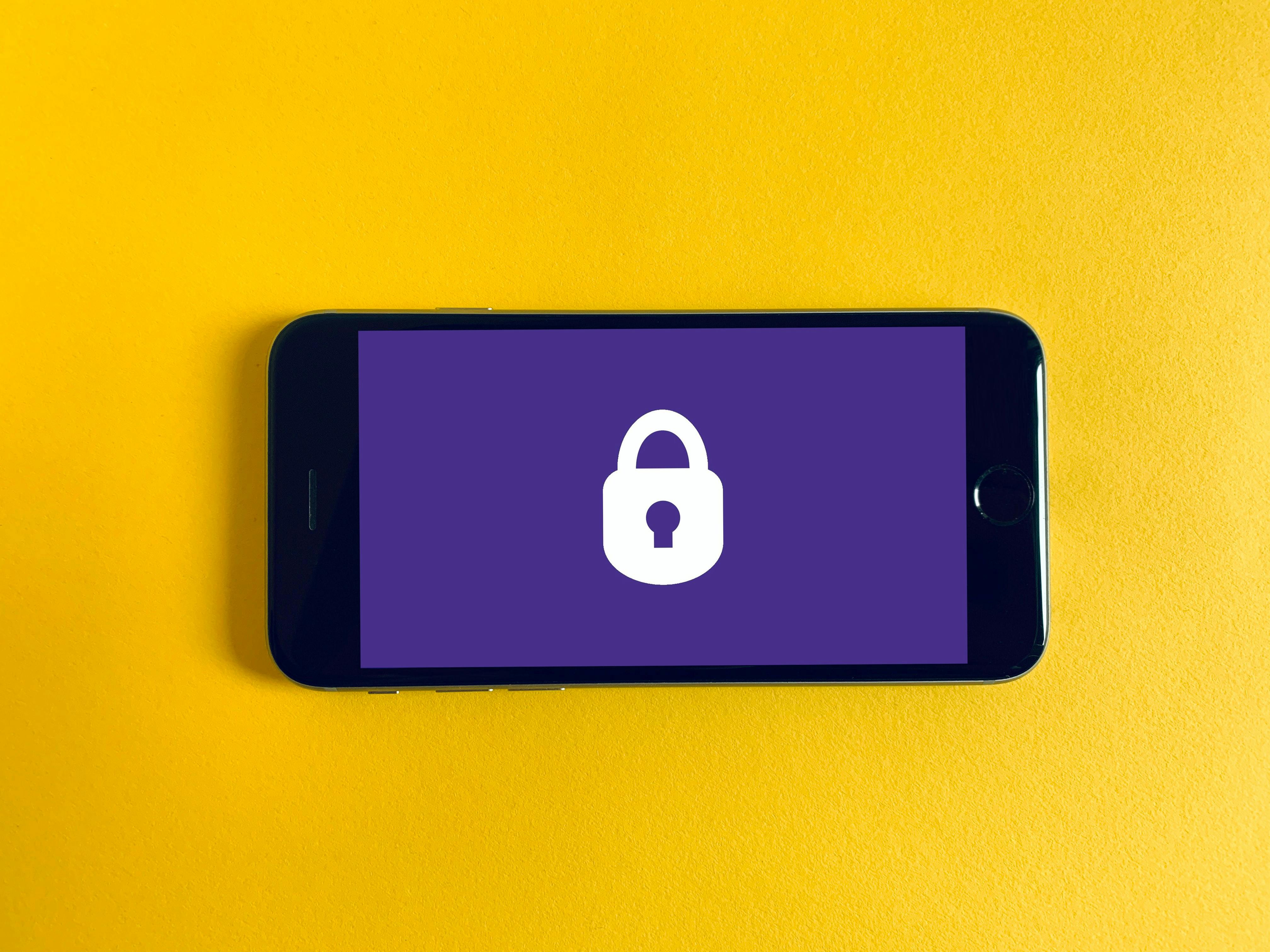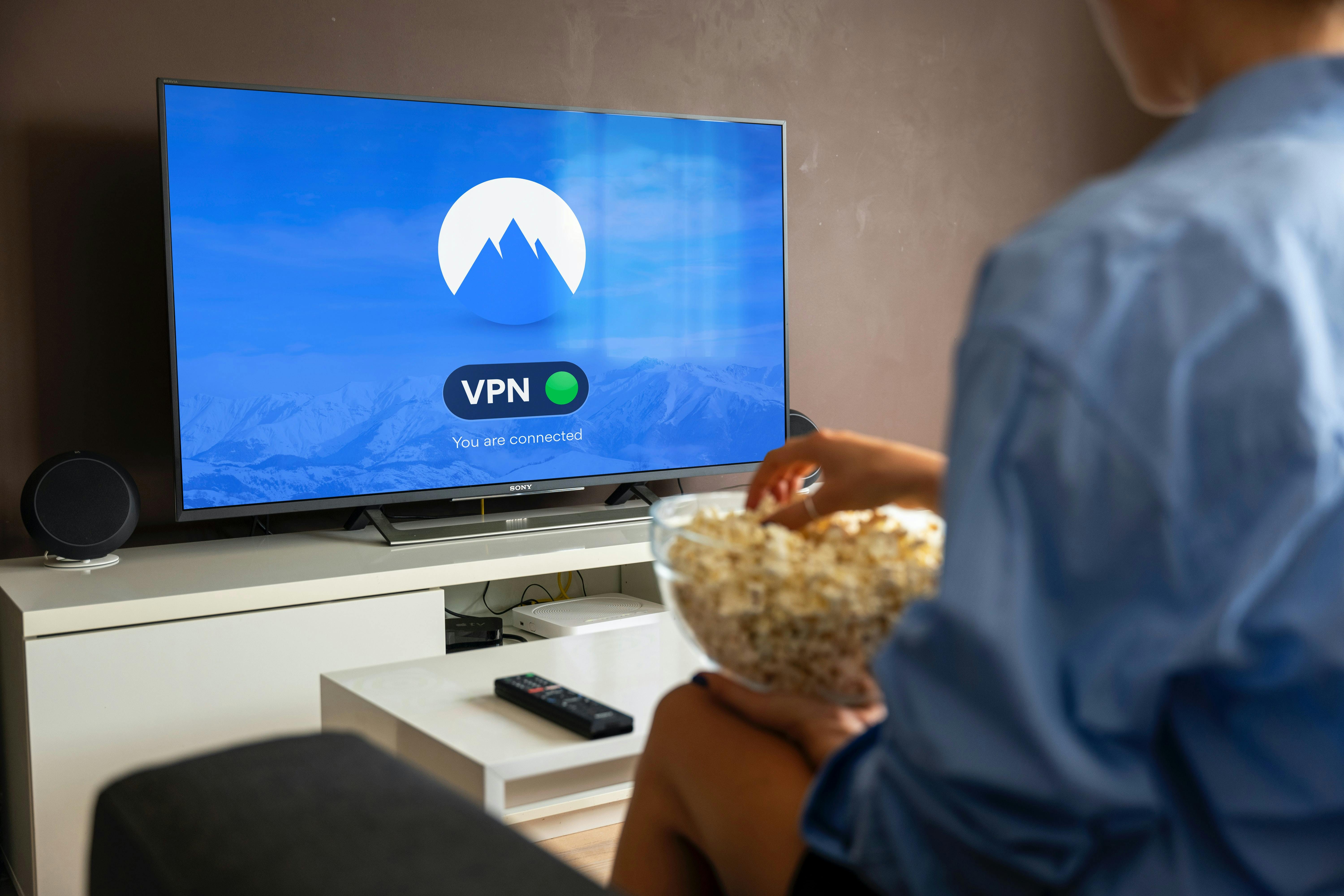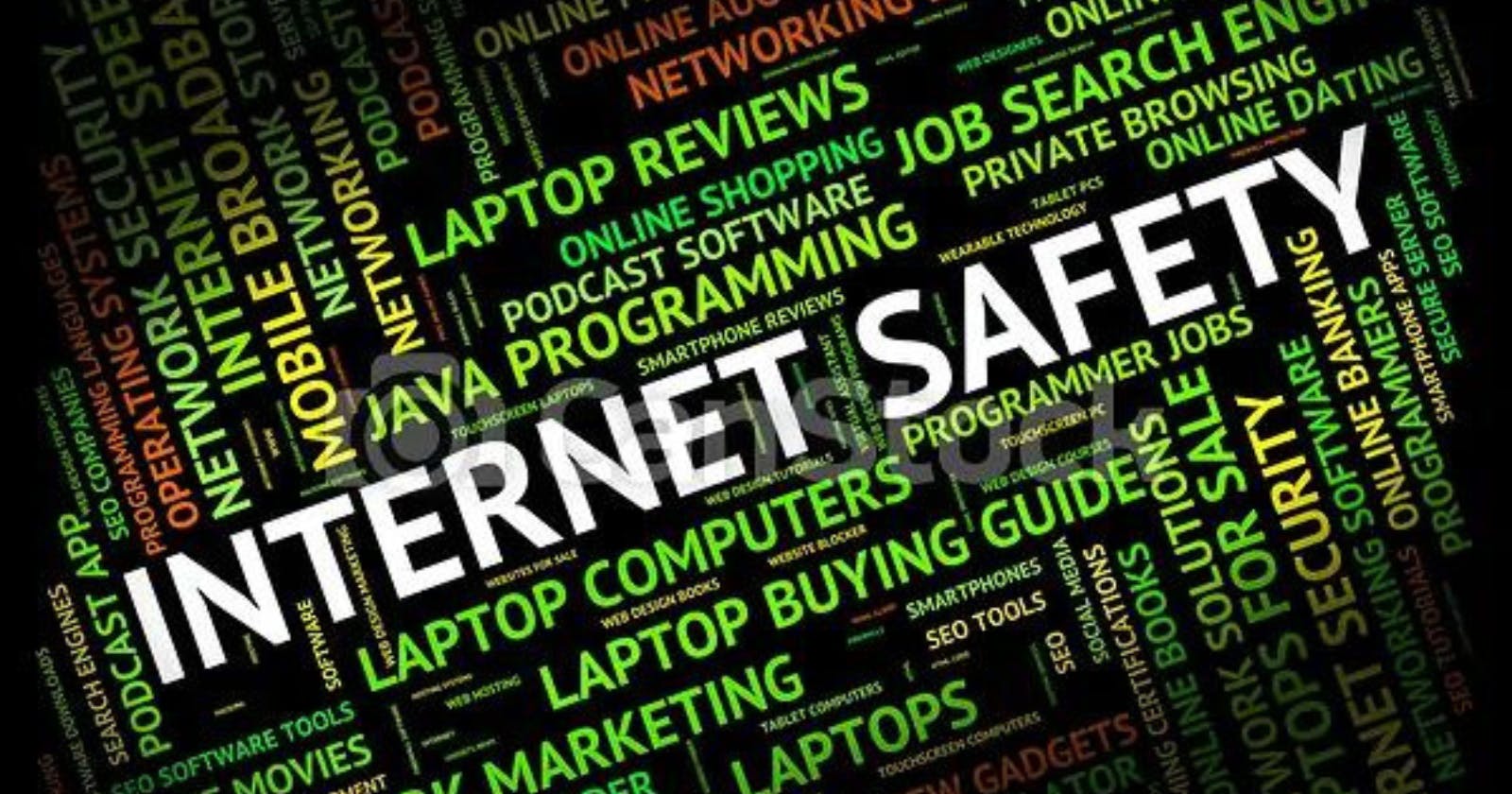Internet Safety Practices
THIS IS AN ARTICLE ABOUT INTERNET SECURITY AND SAFETY. IT CONTAINS KNOWLEDGE GAINED FROM The ADA Project Bootcamp. AND ALSO MY PERSONAL EXPERIENCE.
WHAT IS INTERNET?
The internet is a network of interconnected, private, public, business, academic, and governmental networks that enables global communication and access to informational resources. It is managed by organizations that create global protocols, such as the Internet Assigned Numbers Authority (or IANA). Although the terms "internet" and "World Wide Web" are frequently used interchangeably, they do not exactly mean the same thing. While the web is one of the services communicated over the internet, the term "internet" refers to the entire global communication system, including hardware and infrastructure.
WHAT IS INTERNET SAFETY

Online safety is just being careful when using the internet. It is also frequently referred to as cyber safety, e-safety, and online safety. It includes every piece of technology, from PCs and laptops to smartphones and tablets, that has internet connectivity/access.
Being safe online includes avoiding risks and harms that could jeopardize personal information, result in dangerous communications, or even have a negative impact on one's mental health and wellness.
HOW TO MAKE SAFE CHOICES!

During the last office hour meeting we had at the ADA project bootcamp, Our facilitators Max Oti Favourand Ihuoma Favour gave use some guidelines on how to make a safe choice when using the internet.
- Verifying someone’s identity.
verifying if a link is safe.(HTTP and HTTPS The S indicates that the website uses something called secure socket layers, which is essentially an extra layer of security that protects information as it goes from a student’s computer to the website’s servers.).
- Identifying online scam.
Protecting privacy.
Identifying cyberbullying.
Using ad blockers.
Using Virtual Personal Network(VPN) A VPN establishes a secure connection between someone’s device and a proxy location. In addition, the VPN creates a digital “shell” that protects that connection..
WHAT IS A MALWARE?
HOW I WAS ATTACKED BY MALWARE CALLED "RANSOMEWARE"
What is ransomware?
Ransomware is a malware designed to deny a user or organization access to files on their computer. By encrypting these files and demanding a ransom payment for the decryption key, cyberattackers place organizations in a position where paying the ransom is the easiest and cheapest way to regain access to their files.

I wanted to watch anime again a few months back since I was bored (i am an anime fan). So I made the decision to go download from a website. I tried a few various websites but decided to stick with one. I made a selection after quickly scanning the list of anime films I had seen. My nemesis first appeared when I attempted to download the anime because it came in the form of a Zipped file. My laptop began to lag and hang, and I lost access to all of my files, folders, music, videos, and other data because everything had been converted to the EGFG format (e.g. mp4 format to EGFG format). I was terrified when I made the decision to look up what EGFG stood for. I discovered that it is a ransomware virus file that criminals inject into your system via the internet. When the infection penetrates your system, the hackers obtain access to all of your information, encrypt all of your files and crucial documents, and demand $980 in bitcoin as ransom. My only option was to flash my system and install Windows again. Google disabled my connected gmail on my laptop during this crisis, and I received a notification on my smartphone saying one of my devices had malware and needed to be fixed.
LESSON I LEARN'T AFTER THE RANSOMWARE INNCIDENT
1. Create a strong password
The hacker was trying to gain access to my gmail account but because of a strong password and also google safe security, they weren't able to access it.
2. Multi factor authentication
This provided a second layer of security to my email account and prevented the hacker from accessing my email account.
3. Don't download any suspicious looking files from and site on the internet
I learn't this in a very hard way after loosing all my files to Ransomware
4. I gained knowledge about ransomware and how it works during my crisis.
Learning never ends! keep learning.

